Hello again, my name is Lulu Pumayalli and I am interning at the Coastal Marine Institute Laboratory (CMIL) in San Diego, California. This week I was able to do a variety of things at the lab that made this week really great. I started off the week by grinding the dried Ulva Lactuca from the experiment we did last week. Though I have mentioned grinding the seaweed in my previous blogs, I thought it would be good to explain the process and why we do it. The purpose of drying and grinding seaweed is to get information about what nutrients are in the seaweed. To start this process we have to dry the seaweed in an oven for 24 hours at 60 degrees Celsius. (see picture 1) After the drying process is over, we have to use a special bowl to grind the dried seaweed into a fine powder. (picture 2) It is super important to get the seaweed into a fine powder because after that we put them in small sample containers that are taken to a laboratory on the San Diego State University campus to analyze a small portion of what we crushed. In the lab, there is a machine that says what kind of nutrients are in the seaweed which will allow us to see how well the Ulva absorbed the nutrients in the fertilizer.
Because grinding is a repetitive task I needed to do for 82 samples, I started listening to music and podcasts as well as watching TEDTalks. My favorite TEDTalk I watched this week was a video of Nicola Jones giving an informational speech about noise pollution in the ocean. I found this super interesting because when we talk about environmental justice, this topic doesn’t usually come up. Many of us know about noise pollution on land and in the air because of cars, airplanes, and more, but not a lot of people talk about noise pollution in the ocean. In this TEDTalk, I learned about how all the noises in the ocean affect many species if not all that live in the ocean because it disrupts their feeding, mating, and migration habits. Here is the link if you would like to watch it, I highly recommend it.
(https://www.ted.com/talks/nicola_jones_the_dangers_of_a_noisy_ocean_and_how_we_can_quiet_it_down)
This week, I also helped Karina, another lab member at CMIL, with a project of hers. Her experiment is about rhodoliths which are a kind of algae that is an important habitat structure for small organisms on the ocean floor. Rhodoliths sometimes have other algae growing on top of it, Karina is studying the interaction between the rhodoliths and the different kinds of algae that grow on them. She is mainly observing how it changes the water’s acidity and how that helps the rhodolith. At the moment there isn’t that much information on rhodoliths so I find that Karina’s experiment is super interesting since it can also tie into helping with the ocean’s acidification. Since this project is in the stage of being set up, to help Karina I took temperature measurements of the different tanks she is using to keep some algae in, and a big tank is used to chill the water to copy the temperature of the Santa Catalina Island.
One of my biggest highlights from what happened outside of the lab this week was finding a Peruvian restaurant 10 minutes away from the lab where I was able to have some great food that made me feel back at home. I’m so happy with how this week went and I can’t wait to share more soon.

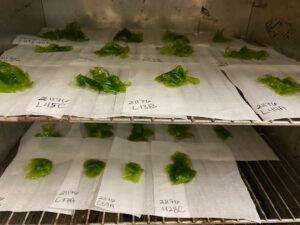
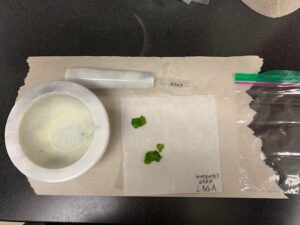
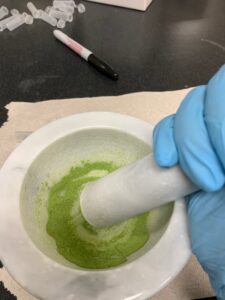
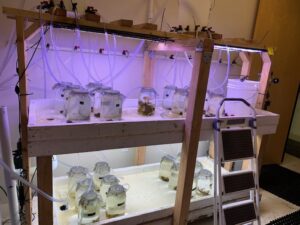
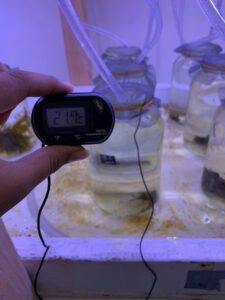
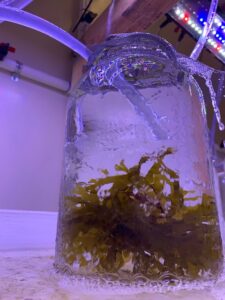
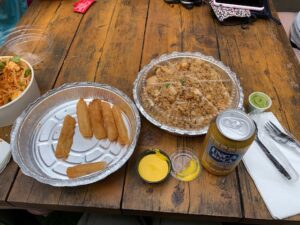
There are no comments published yet.